Dear Editor:
Although I did enjoy R. Manning Ancell’s article on the Roman Emperor Trajan (December 2001) I do find fault with his research concerning the tactical formation of the Roman Legions at the time of Trajan’s conquests of Dacia and Parthis.
By Trajan’s time the Roman Legions were virtually unrecognizable from the 3rd century bc post-Camillian legions as described by Mr. Ancell.
No longer were the legions drawn up in three separate lines composed of hastati, princeps, and triari and their light-armed supporting troops the velites. This formation was done away with in the very late 2nd century bc by Gaius Marius, one of the greatest generals of the late Republican era and uncle to Julius Caesar.
By the time of Trajan, even the Marian legion, which used the cohort system of four cohorts in the first line, three cohorts in the second line, and three cohorts in the third line arrayed in a checkered formation, had gone out of style.
The legion now contained 5,200 men drawn up in two lines, each of five cohorts. (This could be modified to meet tactical exigencies due to the great flexibility of the cohort system.)
One of the cohorts of the first line consisted of five double centuries, each century 8 men deep and 20 men wide. The remaining four cohorts of the first line were composed of six centuries per cohort each of standard size: 10 men wide and 8 ranks deep. The five cohorts of the second line were drawn up identically to the four standard-sized cohorts of the first line.
I suggest that Mr. Ancell consult John Warry’s superb opus on ancient warfare, Warfare in the Classical Word, particularly the hardback edition, which has illustrations.
Louis A. Dorse
Scranton, Pennsylvania
Dear Mr. Taylor:
Thank you for your entertaining piece on war films (October 2001).
But why would you open your article by mentioning those two bombs, Saving Private Ryan and Pearl Harbor? The former (which will be remembered only for its gratuitous gore aimed at shocking historically illiterate teenage audiences) showed the highly overrated Steven Spielberg at his overblown, improbable, and factually inaccurate worst, while the latter was so faked and historically off the wall that it is already forgotten.
And why would you omit so many of the best war films? Coming instantly to mind are Sergeant York, Paths of Glory, What Price Glory?, and Lawrence of Arabia (World War I), and such World War II standouts as Battleground, Twelve O’Clock High, Wake Island, Bataan, Guadalcanal Diary, A Walk in the Sun, The Caine Mutiny, Attack!, Go for Broke, The Way to the Stars (British, a k a Johnny in the Clouds), The Dam Busters (British), They Were Expendable, Thirty Seconds Over Tokyo, Stalag 17, Mister Roberts, The Battle of Britain, Sink the Bismark! (British), and The Cruel Sea (British).
Of the films you did list, The Eagle Has Landed, though well done, is pure fiction, while classifying the James Bond series and albeit great Westerns like Red River, True Grit, and The Big Country as war films seems to be stretching it a bit.
Michael D. Hull
Enfield, Connecticut
To Whom It May Concern:
I am a subscriber to Military Heritage and I feel it is the best magazine in its genre. I am interested in receiving other Sovereign Media magazines, especially in history or military history. If I could get a sample and an offer card, I am sure I would order more Sovereign Media magazines. Thank you and keep up the fine quality.
Eugene Keiber
Asheville, North Carolina
Thank you for your kind note. Sovereign Media launched a new magazine, World War II History, in early November 2001. The premier collector’s issue focused on Pearl Harbor. Please call our customer service department at 800-219-1187 for information on subscribing.
Dear Sir,
Compliments, with one qualification, for Joseph M. Horodyski’s story on the sinking of the HMS Prince of Wales and the HMS Repulse in your December 2001 issue. It was the best retelling I’ve yet seen of this climactic battle of airpower vs. ships. Coherent, informative, and accurate.
I do have one small quibble. Toward the end of the article, the author mentions the arrival of HMS Exeter, on the day after the sinking of the two battleships: “With the loss of the American Pacific Fleet at Pearl Harbor three days before, this one British cruiser now represented the only capital ship in the entire Pacific left to face the might of the Imperial Japanese Navy.”
The problem is that, by most generally accepted standards, cruisers aren’t considered capital ships. That designation has traditionally belonged to battleships and battlecruisers. With the sinking of the Prince of Wales and Repulse and the damage done to the U.S. battlefleet at Pearl Harbor, there ceased to be any capital ships left to resist the Japanese.
If, conversely, we consider heavy cruisers as capital ships, the HMS Exeter was not the only capital ship remaining, as USS Houston was on duty in the western Pacific. Also, any U.S. heavy cruisers on the West Coast of the U.S. would have to be figured in as would the Australian heavy cruisers, assuming any of these were in home waters.
The catastrophic nature of the sinking of Force Z was major enough without need of embellishment, as was the helpless position faced by the remaining Allied naval forces in late 1941 and early to mid-1942. With the fall of Singapore and the assault on the Dutch East Indies, both HMS Exeter and USS Houston became part of the ill-fated ABDA forces and were among the units lost in the fight to stem or slow the Japanese juggernaut.
Don Foshey
St. Clair Shores, Michigan
Editor, Military Heritage:
I enjoy your magazine to which I have subscribed, but was disappointed to see in Keith Milton’s article, “Duel at Hampton Roads” (December 2001), the historical error that Virginia was the last state to secede from the Union. Actually, North Carolina was the last state to secede when she seceded on May 20, 1861.
Ernie Lee
Jacksonville, North Carolina
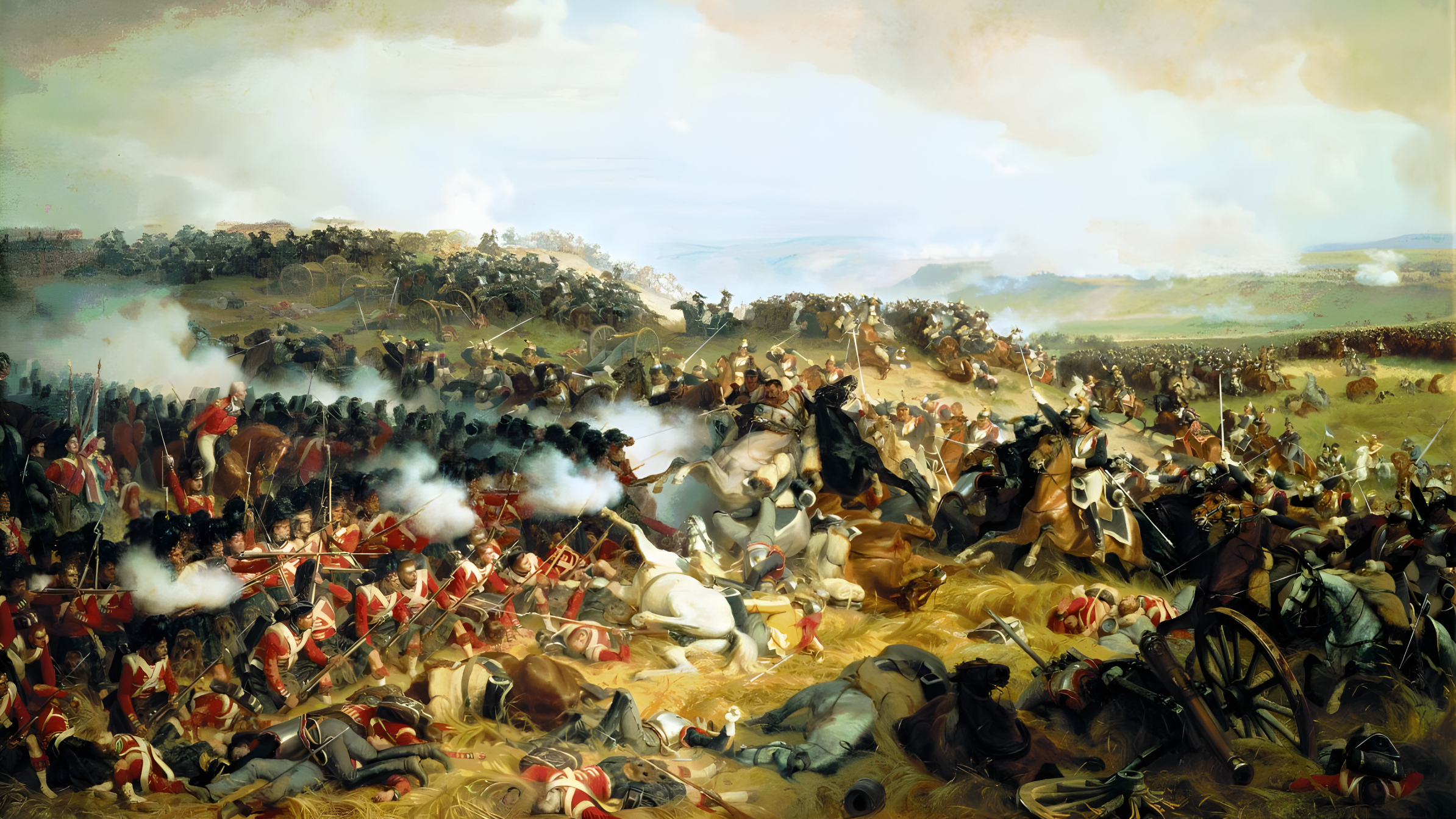
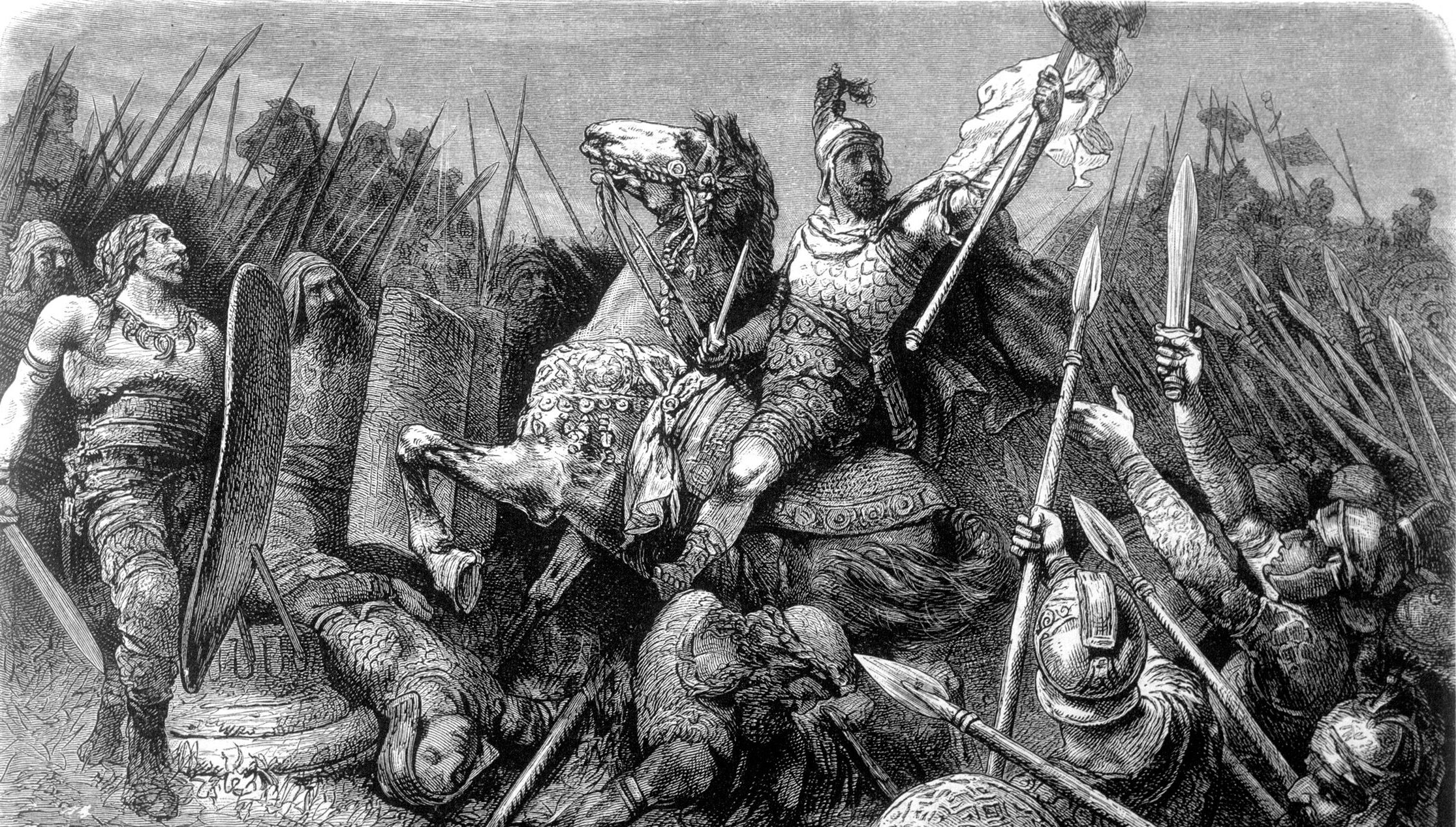
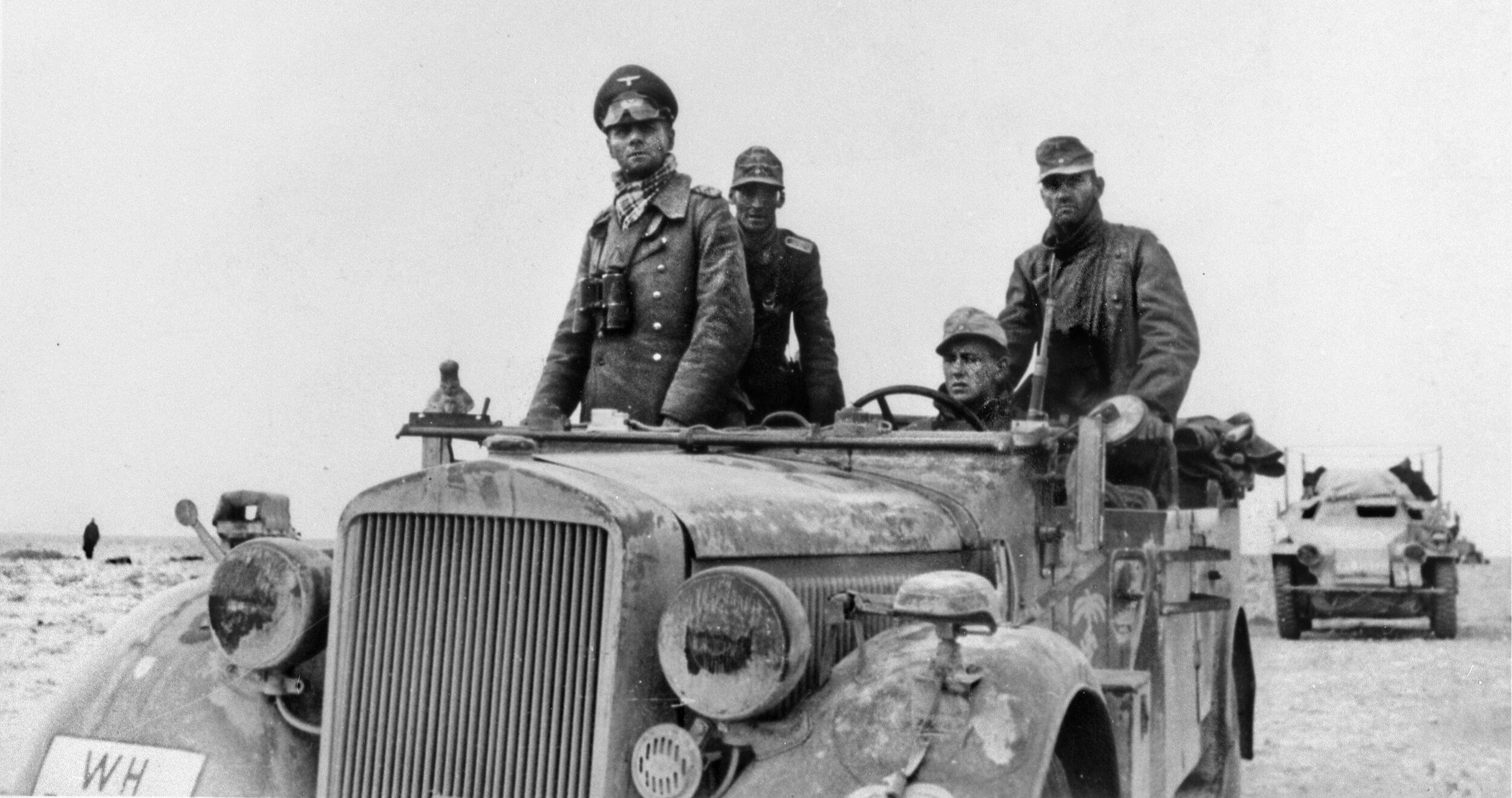
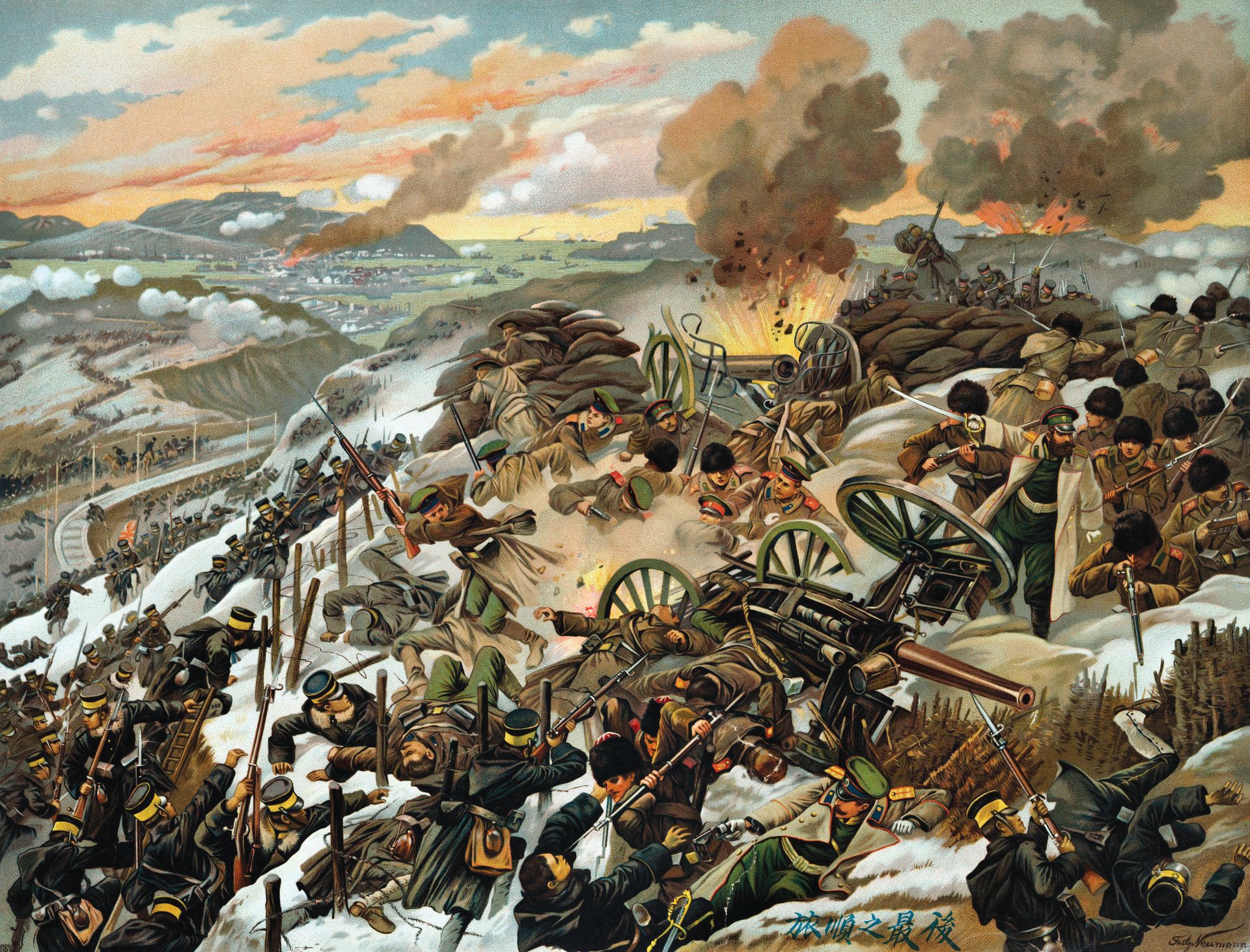
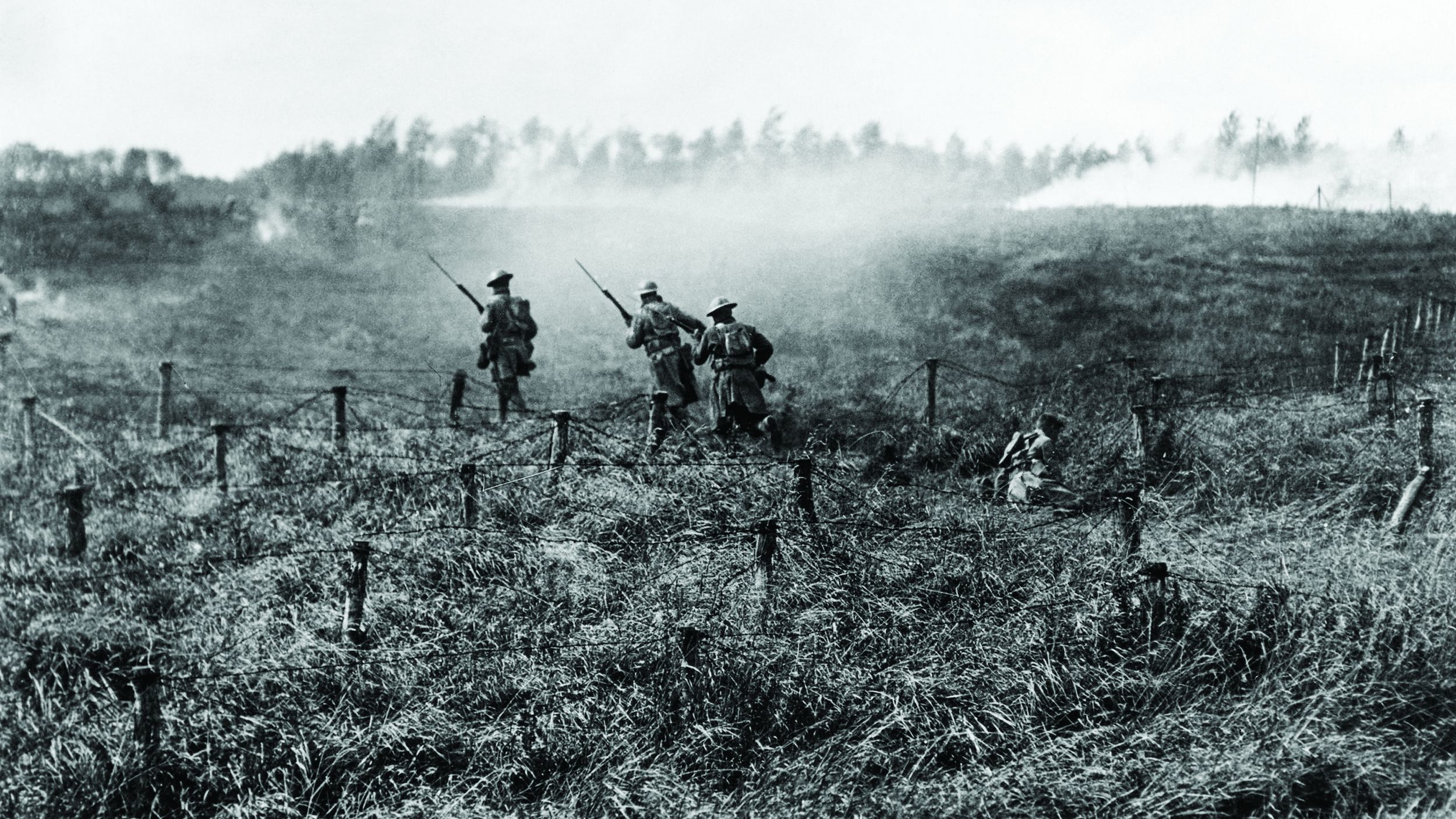
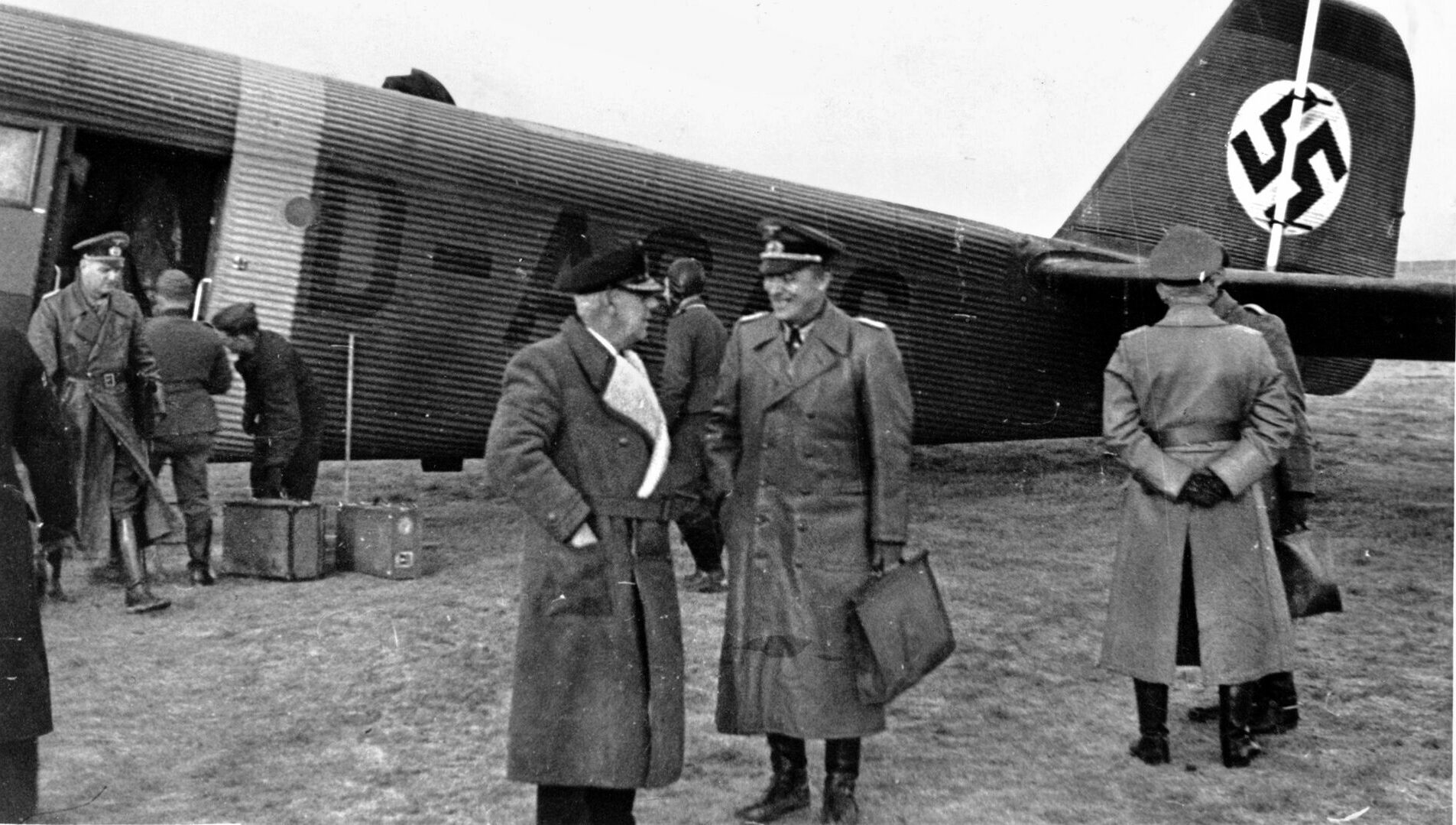

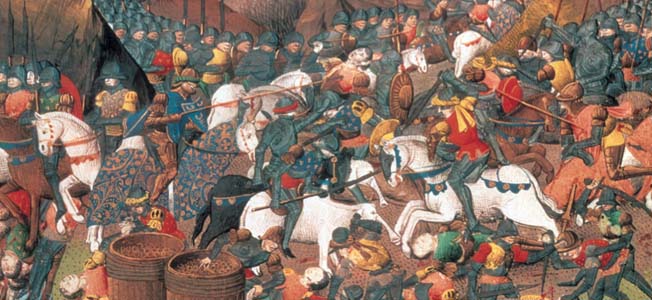
Join The Conversation
Comments
View All Comments